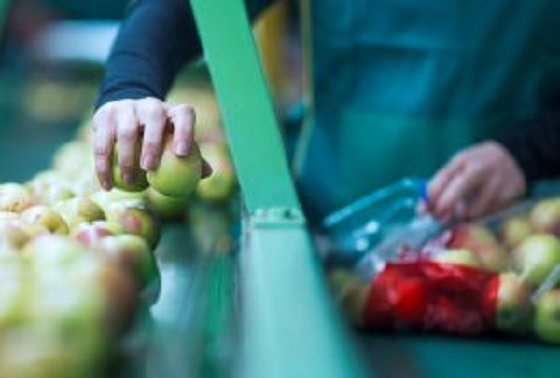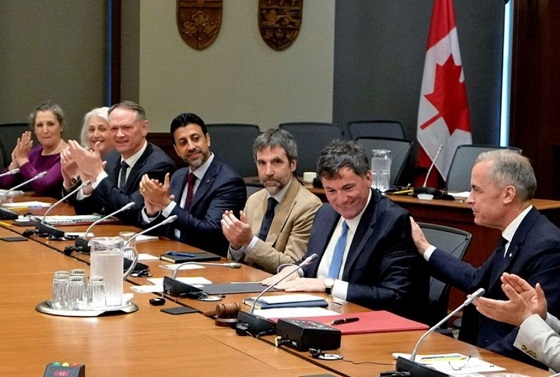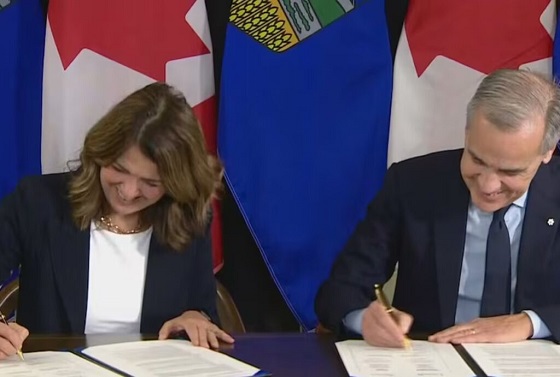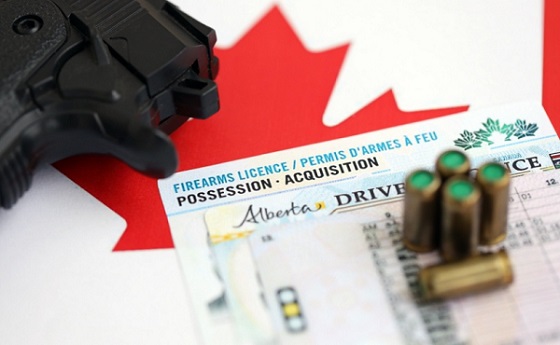Energy
From Sippy Cups to Solar Panels: Why a Blanket Ban on Plastics Misses the Mark

From EnergyNow.ca
By Canada Powered by Women
Repeated attempts by the federal government to implement a sweeping ban on plastics don’t consider the crucial role plastics play in the lives of Canadians and energy transformation.
Plastic is in many products we need every day, including medical equipment, headphones, car seats, menstrual products and computers. For mothers enjoying summer with their kids — don’t forget sippy cups, running shoes and diapers (to name a few).
In Canada, as many as 70,000 plastic products are made every day. They are essential, whether we’re working, having fun or simply trying to go about our daily lives.
The chemistry and plastics sector is also the third largest manufacturing sector in Canada, employing more than 190,000 people and shipping more than $108 billion in products in 2022.
So, this fall when the Appeals Court revisits the federal government’s move that labelled many plastics as “toxic”, engaged women from across the country are going to be watching.
They’re watching because the use of plastic touches many areas of their personal lives and interests.
Plastic is a critical component in the energy transformation (which we know engaged women care a lot about) and it’s intricately connected to the development and deployment of renewable energy technologies. These are important considerations for our country’s broader energy policy and sustainability goals, and engaged women are paying attention because they’re not convinced Canada has energy policies that positively affect prosperity.
Engaged women in Canada have also told us they want a balanced approach on the environment, energy and economic prosperity. As a result, their understanding of policies is deepening, and they are focusing on long-term prosperity and affordability while striving for a well-rounded strategy when it comes to policymaking.
So how did we get here with the plastics issue, and what happens next?
The single-use plastic ban that started it all
In 2019, the federal government announced it would seek to ban single-use plastic items such as straws, cutlery, take out containers, stir sticks and plastic bags to reduce plastic waste.
The ban came into effect in 2022 after the federal government added all plastic manufactured items (PMIs) to a toxic substance list (a key step in allowing it to ban these items).
Waste management is a provincial responsibility, but the federal government is able to regulate substances for environmental protection if they are listed as toxic under the Canadian Environmental Protection Act.
In 2023, a federal court reviewed the legislation after complaints surfaced saying Ottawa failed to demonstrate enough scientific evidence to justify the sweeping regulations.
The court agreed, ruling that the federal government exceeded its authority by listing all PMIs as toxic, calling the move “unreasonable and unconstitutional”.
The federal government appealed the decision, and on June 25-26 this year, the Federal Appeals Court heard arguments for and against listing all PMIs as toxic.
A decision on the appeal is expected this fall, and the outcome of the ruling has many concerned about what future bans and other restrictive regulations and policies will mean for everyday Canadians.
How plastics restrictions could hurt Canadians
Christa Seaman, vice-president of the plastics division with the Chemistry Industry Association of Canada, says further restrictions on using plastic will have serious ramifications.
“If we start to take away plastic packaging that’s keeping our food safe, for example, you’ll actually see increased cost to consumers because food is going to spoil before it gets to market or shipping is going to be more expensive because the packaging for the products are going to weigh more,” says Seaman.
Seaman also highlights restrictions on plastics could limit the availability of certain products that rely on plastic packaging or components, and Canadians may have reduced access to the variety of inexpensive goods we use today.
Plastics play a big role in low-carbon technology development
There are sustainable ways to keep plastics out of the environment and in the economy, Seaman says, particularly because of the key role they’re already playing in the proliferation of green technologies.
For example, batteries in electric vehicles (EVs) are heavier than in vehicles with internal combustion engines so plastics are being used to manufacture EVs.
“Plastics, being lightweight and durable, are key to keeping the weight of the vehicle down,” she says. “We have less wear and tear on our roads and we’re actually able to increase the driving range per charge, without compromising safety at all.”
Plastics also make renewable energy sources like wind and solar possible, Seaman says. They are a key component in solar panels, and blades of wind turbines are made with fibreglass and other plastic composite materials.
Rather than an outright ban on plastics, we’d be better off exploring how a circular economy — one that includes the appropriate use, reuse and recycling of plastics — can keep plastic waste out of the environment and create a more sustainable future.
Some provinces and territories have also initiated an important shift in responsibility by making producers of plastic products responsible for funding their collection and recycling, Seaman says.
“Provinces are setting the guidelines on achieving certain benchmarks and targets for recyclability, which will go back to how the products are designed,” she says. “The cheaper and easier it is to recycle, the less they’re going to have to spend on the recycling system in the end.”
Seaman says the industry goal is to focus on reduction first by making packaging smaller or thinner. Then the focus turns to reusing plastics, and once those options are exhausted the goal is to recycle.
What we need from policymakers
Listing all plastics as toxic, and then implementing bans around their use, is heavy-handed and misguided.
Seaman says a collaborative approach between policymakers and producers is what’s needed now, and policy should reflect what’s best for the public, the environment and the economy.
“We need all solutions to be on the table: your compostable, your biodegradable, your advanced recycling, your mechanical recycling.”
Seaman says the focus should be placed on outcome-based regulations and science.
“Let’s talk about the outcomes we’re all trying to achieve, because nobody wants to see plastics in the environment, in the waterways or in landfill. Let’s look at what targets need to be and find a way to get there together.”
Business
Looks like the Liberals don’t support their own Pipeline MOU

From Pierre Poilievre
Alberta
They never wanted a pipeline! – Deputy Conservative Leader Melissa Lantsman

From Melissa Lantsman
Turns out the anti-development wing of the Liberal Party never stopped running the show.
Today, we’ll see if the Liberals vote for the pipeline they just finished bragging about.
Spoiler: they won’t. Because with the Liberals, the announcements are real, but the results never are.
-

 Bruce Dowbiggin1 day ago
Bruce Dowbiggin1 day agoWayne Gretzky’s Terrible, Awful Week.. And Soccer/ Football.
-

 Health1 day ago
Health1 day agoCDC Vaccine Panel Votes to End Universal Hep B Vaccine for Newborns
-

 Business1 day ago
Business1 day agoCanada invests $34 million in Chinese drones now considered to be ‘high security risks’
-

 Opinion2 days ago
Opinion2 days agoThe day the ‘King of rock ‘n’ roll saved the Arizona memorial
-

 Focal Points2 days ago
Focal Points2 days agoCommon Vaccines Linked to 38-50% Increased Risk of Dementia and Alzheimer’s
-

 espionage1 day ago
espionage1 day agoWestern Campuses Help Build China’s Digital Dragnet With U.S. Tax Funds, Study Warns
-

 Agriculture1 day ago
Agriculture1 day agoCanada’s air quality among the best in the world
-

 Business1 day ago
Business1 day agoThe EU Insists Its X Fine Isn’t About Censorship. Here’s Why It Is.









